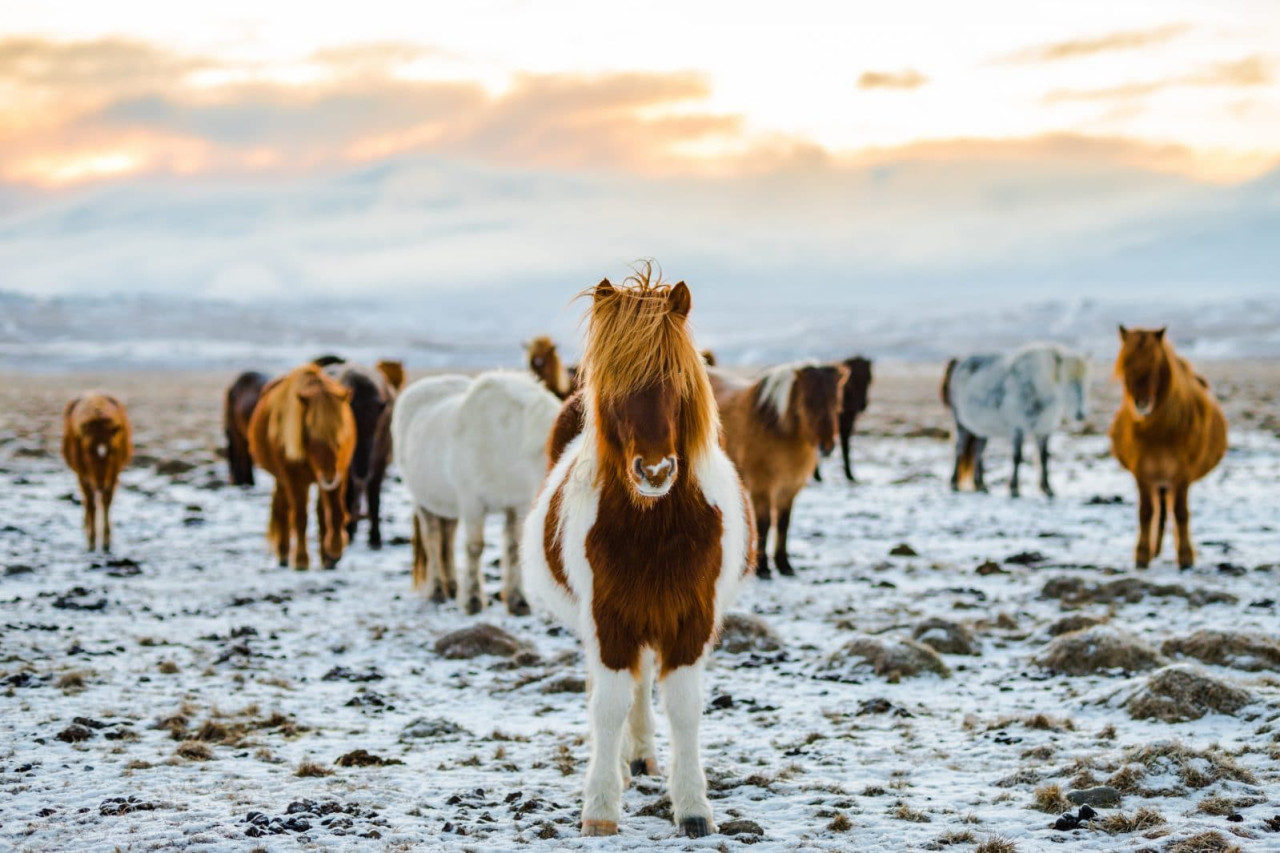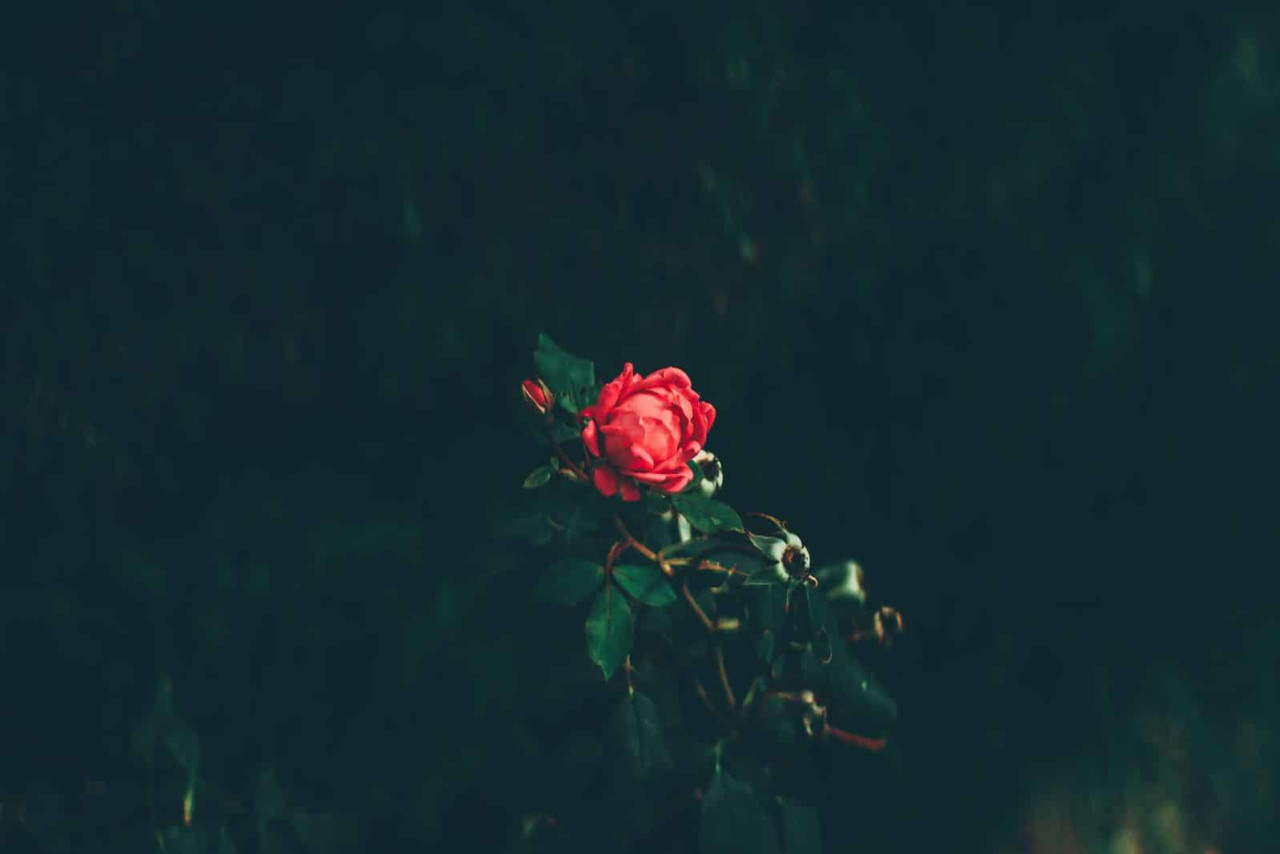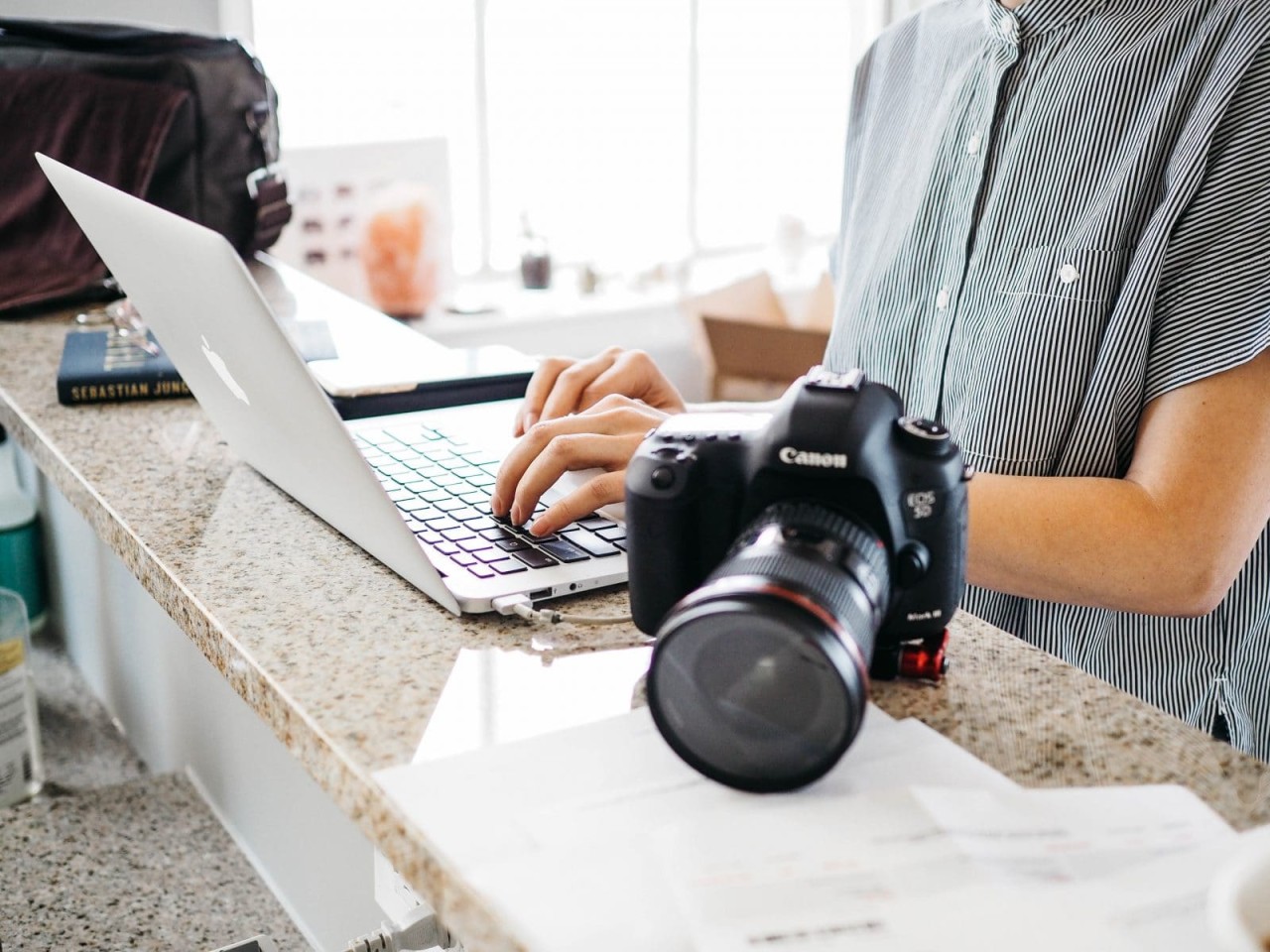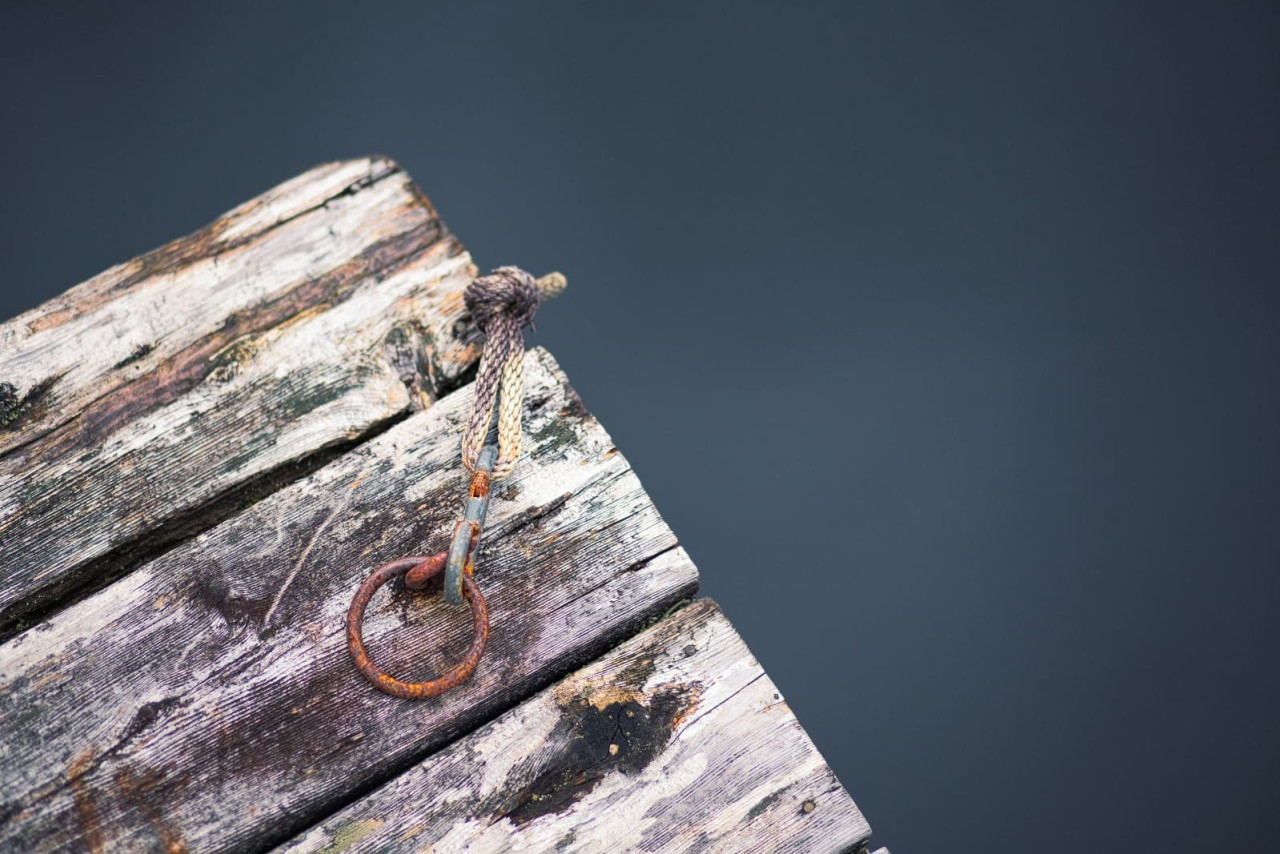Create A Photograph
• filed under photography • permalinkLevel of Entry: Low
Time to Master: Infinity
There’s a thought in the photography community which extends to pretty much any facet of life: you only get better by doing. One does not become a pro golfer by reading a book—although reading does help—nor does merely buying a professional-grade camera make you a good photographer. How does one become a pro, though? If that’s a path you want to take, awesome. If not, don’t worry, as this still applies to even those who want to excel at photography as a hobby or a small side gig to pass the time and pay the photography bills. I’ve broken it down into four super easy steps.

Get.
At the start of this little conversation I told you a high-end camera does not a pro photographer make. But let’s make sure we differentiate high-end and high-quality. A Canon T5 is a high quality camera based on how its built, but a Canon PowerShot might not feel the same way. Whereas a Canon 1D-X is a high-end camera compared to a Canon T5. (side note: Yes, I could use Nikon, Pentax, Sony, Samsung, etc., but the brand doesn’t matter.) What you need to do to complete the “get” phase is this:
- Determine your budget.
- Make a list of everything you want in a camera.
- Cross off everything that has anything to do with megapixels, high quantity of auto-focus points, the letters “L” or “G” for Canon or Nikon lenses, frames per second, CompactFlash vs SD, Medium Format. You don’t need any of that extra stuff to take a good photo.
- Find a camera lens for less than $200. Your choices are limited. On purpose.
- No flashes until you feel comfortable without them.
- Gather the necessary accessories for said camera. This includes a memory card and bag (simple is fine).
Now that you’ve collected your gear, it’s time to get outside and make a photograph of something. (If you have the space, resources, and ability, you can make a photograph indoors, too, but it’s generally cheaper to walk outside than to buy studio equipment.

Do.
This is the easiest step. Before you being, make sure you take your camera out of the box. That’s a key step to becoming fluent in the language of photography. Also, make sure you know it’s controls. The manual is the most detailed source of information on this. If you don’t have a manual, check out your manufacturer’s website. I’ve even provided a few links for you to give you a head start: Canon, Nikon, Samsung, Sony, Pentax, Olympus.
If you haven’t taken a photo of more than your cat, do take a photo of something other than your cat. If you haven’t taken a photo at night, go do that. Do as much as you can as often as you can. You’ll take loads of crappy photos. While this is the Do step, Do Not let that break your spirit. You’ll figure out ways to tweak and find your unique touch in the next step. Doing requires time, of course. If you don’t have hours upon hours of free time to spare, do a 365 project—take a photo of something you haven’t taken a photo of before, every day, for a year. Do that as much as you can. Do take photos with your friends. Of your friends. Around your friends. Of people you want to be friends with. Perfect strangers (ask first—don’t rude).
Once you’ve taken your daily photo, go take a hundred more of different things. Go to a park. A zoo. A car show. Walk down the street. Walk up the street. Find a bug. Find two bugs. Find a bug killing a bug, National Geographic style! There should be zero people in your life pressuring you to perform here. If anything people around you should be supportive of your new endeavor. Maybe if you ask nicely, they’ll pose for you! If you feel pressured to perform, remove that source of pressure from your life. Stop wishing. Stop comparing. Stop thinking. Now is not the time to think. Now is the time to do, to make. Getting the idea?

Look.
Time to learn. You’ve taken a load of photos and are starting to get a hang of your camera. If not, go back to Step Do. Now’s the time to learn and pretty much down right steal from other people. We need to be very clear, though. By steal, I don’t mean ripping off another’s work and calling it your own. I’ll go into more detail about that, but first let’s talk about learning. There are great free and fee-based learning platforms and videos available on the Internet. In this day and age, a DVD takes second fiddle to instant, on-demand content. Great free videos, courses, and platforms include this list from PetaPixel, free live events by CreativeLive, and funny YouTube videos by DigitalRev, Phlearn, and Matt Granger. Premium platforms include Lynda.com, KelbyOne, and CreativeLive’s On Demand video selection. Watch everything you can. If you have to, take notes and watch it again. You can’t watch too many videos.
Once you’ve consumed more videos and articles than your brain can handle, find photographers in niches you personally enjoy. Look at their work. Read their blogs. Follow them on Facebook, Twitter, Google+, Pinterest, 500px, and any other social networking site they use. Even better, don’t just follow them, chat with them. Reach out to them for tips or really anything you can think of that would possibly help you! Once you’ve done that, steal from them. Specifically, steal their look. Try to make a photo that looks like that. If it’s something like a landscape or wildlife, capture that same animal or area! When you’ve successfully done that, do it again, with another photographer. I’d be willing to bet cold hard money bags of money that the second photographer you follow or are otherwise interested in their work shoots differently than you do, with a different style. Once you’ve knocked out number two, go for a third, and a fourth. After every attempt or measure of success, make it your own. This’ll help you figure out what your style is. You’ll find yourself going back to what you like the most and over time, tweaking it to make it your own.

Repeat.
So you’ve completed Step Learn. Now what? Do it all over! If only a small amount of time has passed (less than a year), start with Step Do. If it’s been a bit of time or you have the ability to upgrade, do that, with the mindset that you’re upgrading because you can improve yourself with your new gear in ways that you can easily quantify, not just because you like a red band on the end of your lens. You’ll find this to be an endless cycle that even pros will execute from time to time. If you become a full-time professional, you’ll always be looking for ways to improve and making sure you have everything you need to be as creative and as successful as possible.